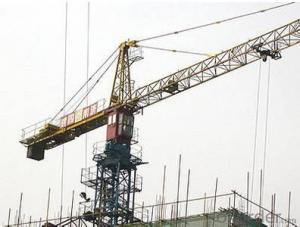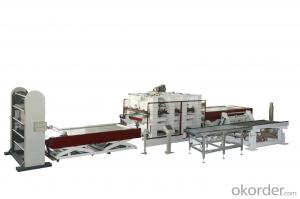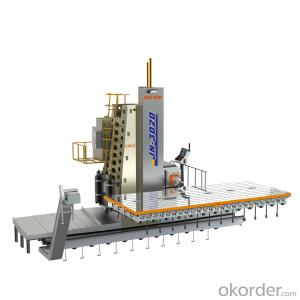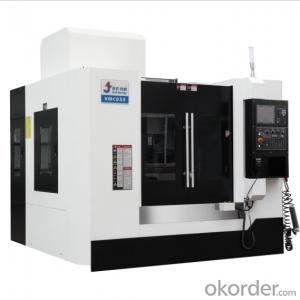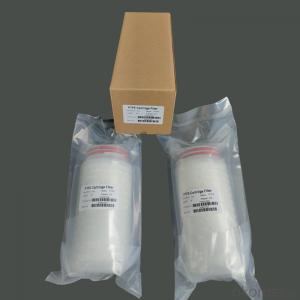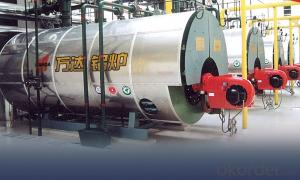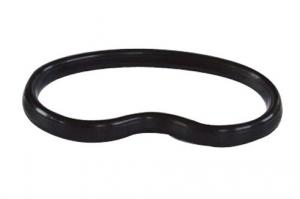Concrete Pump Rubber End Hose DN64
- Loading Port:
- China Main Port
- Payment Terms:
- TT OR LC
- Min Order Qty:
- -
- Supply Capability:
- -
OKorder Service Pledge
OKorder Financial Service
You Might Also Like

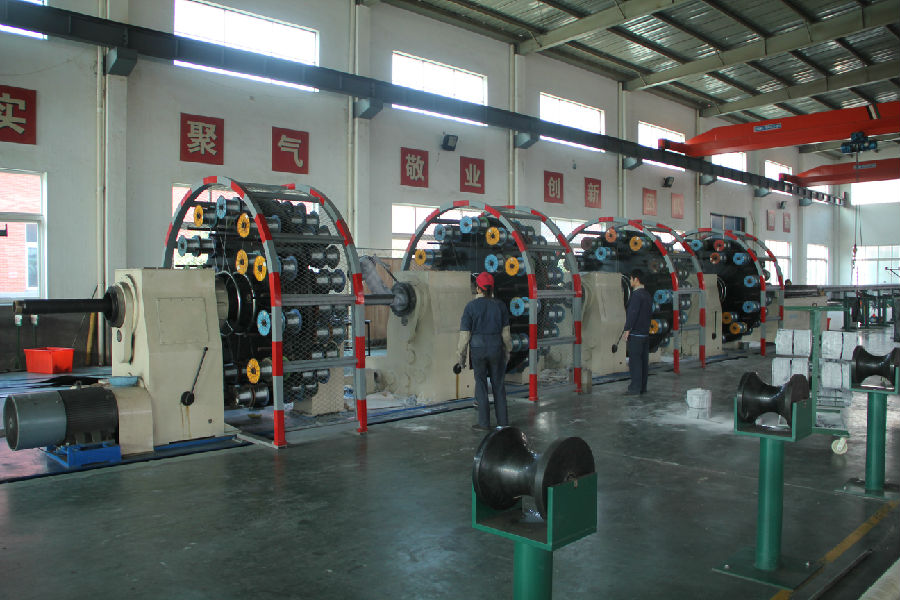
Specifications
Dn64 concrete pump rubber hose1.Size:2.5 inch
2.Steel hose
3.2 or 4 piles of steel wires for your choose.
DN64 CONCRETE PUMP RUBBER HOSE
1.Work Pressure:85~1250(BAR/PSI)
2.Burst Pressure:200 to 2940(BAR/PSI)
3.Working life:20000m³
4.The inside of hose is high abrasion resistant.
5.Integrated hose end and inner wall harden,prolong work life.
Relevant Information:
Name | Concrete rubber hose; Delivery hose; End hose; Concrete pump hose; Boom hose |
Size | 2"/2.5"/3"/3.5"/4"/4.5"/5"/6"or according to client’s requirement |
Length | 3M,5 or Any length |
Reinforcement | Steel wire, tire cord or fabric |
Hose End | Galvanized, inner wall harden |
Application | Schwing, Putzmeister, Sany, Zoomlion, etc |
- Q:How can you determine when a concrete pump hose needs to be replaced?
- Determining when to replace a concrete pump hose can be done using various indicators: 1. Conduct regular visual inspections to identify any signs of wear and tear. Look closely for surface cracks, cuts, abrasions, or bulges. Significant damage indicates the need for hose replacement. 2. Check for leaks in the hose. The presence of fluid leakage suggests deterioration or damage. Even small leaks should not be disregarded as they can compromise the efficiency and safety of concrete pumping. 3. Monitor changes in the pump's performance. A decrease in pumping pressure or flow rate may indicate a worn-out hose. Stretching or internal wear can reduce effectiveness. 4. Take into account the age and usage frequency of the hose. Over time, exposure to chemicals, weather conditions, and constant pressure can cause deterioration. Older or extensively used hoses may be nearing the end of their lifespan. 5. Refer to the manufacturer's recommendations for the lifespan or replacement intervals of the concrete pump hose. Manufacturers often provide specific guidelines based on materials and construction. Ultimately, prioritizing safety and reliability is crucial when deciding whether to replace a concrete pump hose. If there are any doubts about the hose's integrity, it is best to err on the side of caution and replace it to prevent potential accidents or disruptions in the concrete pumping process.
- Q:What are the different sizes of concrete pump pipes available?
- The sizes of concrete pump pipes typically range from 2 inches to 6 inches in diameter.
- Q:How can a damaged concrete pump hopper affect the pumping process?
- A damaged concrete pump hopper can significantly impact the pumping process as it plays a crucial role in the overall efficiency and functionality of the equipment. Firstly, a damaged hopper can lead to a decrease in the pump's performance by causing blockages or clogs in the system. This can result in disruption or even a complete halt to the pumping process, leading to delays and increased downtime. Secondly, a damaged hopper can also lead to a loss of concrete, as it may leak or spill during the pumping operation. This not only wastes material but can also create safety hazards and environmental concerns. Therefore, it is essential to promptly address any damage to the concrete pump hopper to ensure smooth and efficient pumping operations.
- Q:How often should concrete pump seals be replaced?
- The replacement of concrete pump seals depends on various factors, such as the type of pump, seal quality, operating conditions, and maintenance practices. It is generally recommended to inspect and replace the seals every 500 to 1,000 pumping hours or annually, whichever comes first. It is crucial to regularly inspect the seals to detect any signs of wear or damage. Common indications for replacement include leaks, excessive vibration, reduced pumping efficiency, or visible degradation of the seal material. If any of these issues are observed, it is important to promptly replace the seals to prevent further damage and ensure optimal pump functioning. It is important to note that certain pumps may require more frequent seal replacements due to their design or operating conditions. For example, high-pressure pumps or those used in abrasive environments may experience accelerated seal wear, necessitating more frequent replacements. To extend the lifespan of concrete pump seals, proper maintenance and care are essential. This involves regularly cleaning the pump and seals, ensuring proper lubrication, and following the manufacturer's guidelines for operation and maintenance. Additionally, using high-quality seals and regularly inspecting them for wear can help prolong their longevity. Ultimately, determining the replacement frequency of concrete pump seals involves a combination of regular inspections, adherence to maintenance practices, and consideration of specific operating conditions.
- Q:How often should hydraulic pumps be inspected or replaced in a concrete pump?
- Regular inspections of hydraulic pumps in a concrete pump are essential for maintaining their proper functioning and preventing potential problems. The frequency of these inspections depends on various factors, such as the intensity of use, operating conditions, and manufacturer's guidelines. Typically, it is advisable to inspect hydraulic pumps in a concrete pump either every 500 to 1,000 operating hours or at least once a year, whichever comes first. However, if the pump is being used under harsh or demanding circumstances, more frequent inspections might be required. The decision to replace hydraulic pumps should be based on their condition and the recommendations provided by the manufacturer. If the pump displays significant wear and tear, leaks, reduced performance, or any other issues that cannot be resolved through maintenance or repair, it may be necessary to replace the hydraulic pump to ensure the safe and efficient operation of the concrete pump.
- Q:How to deal with the blockage in the outlet of the distributing valve of the concrete pump?
- If this method does not dare, it can only be manually removed, remove the connecting pipe, remove the debris in the valve.
- Q:What are the different types of concrete pump rubber pistons?
- There are generally two types of concrete pump rubber pistons: single-layer pistons and double-layer pistons. Single-layer pistons are made of a single piece of rubber and are commonly used for small to medium-sized concrete pumps. On the other hand, double-layer pistons have an additional layer of fabric or wire mesh embedded within the rubber, providing increased durability and strength. These double-layer pistons are typically used for larger concrete pumps and heavy-duty applications.
- Q:How can one ensure proper documentation and record-keeping for concrete pump spare parts?
- To ensure proper documentation and record-keeping for concrete pump spare parts, several steps can be taken: 1. Establish a systematic inventory management system: Implement a well-organized inventory management system to keep track of all the spare parts. Assign unique codes or identification numbers to each part and maintain a comprehensive inventory list. 2. Maintain accurate records: Create a detailed record for each spare part, including its description, quantity, date of purchase, supplier information, and cost. This information should be regularly updated and easily accessible. 3. Implement a standardized labeling system: Use clear and consistent labels on all spare parts, ensuring that they can be easily identified and located when needed. This will help minimize confusion and avoid misplacement. 4. Store spare parts in a designated area: Designate a specific storage area for spare parts, preferably a well-organized warehouse with proper shelving and adequate space. This will ensure that spare parts are stored in a secure and easily accessible manner. 5. Implement a maintenance and repair schedule: Develop a maintenance and repair schedule for the concrete pump and its spare parts. Regularly inspect all parts, document any repairs or replacements, and update the inventory accordingly. 6. Train staff on documentation procedures: Provide training to the employees responsible for managing spare parts to ensure they are familiar with the documentation procedures. This includes proper recording, labeling, and updating of inventory records. 7. Perform periodic stock checks: Conduct regular stock checks to verify the accuracy of inventory records and identify any discrepancies. This will help identify any missing or misplaced spare parts and ensure that the documentation is up to date. 8. Implement an integrated software system: Utilize an integrated software system specifically designed for inventory management. These systems can help automate documentation, track stock levels, and generate reports, making the process more efficient and accurate. By following these steps, one can ensure proper documentation and record-keeping for concrete pump spare parts, minimizing the risk of errors, improving efficiency, and ensuring that the right spare parts are available when needed.
- Q:Are there any environmental considerations in the production of concrete pump spare parts?
- Yes, there are several environmental considerations in the production of concrete pump spare parts. Firstly, the manufacturing process of these parts typically involves the use of various materials and chemicals that can have negative environmental impacts. For example, the production of steel components may require the extraction of iron ore and the emission of greenhouse gases during the smelting process. Similarly, the production of rubber parts may involve the use of petroleum-based materials, which contribute to carbon emissions and pollution. Furthermore, the disposal of concrete pump spare parts after their useful life can also pose environmental challenges. If not properly managed, these parts can end up in landfills, contributing to waste accumulation and potential soil and water contamination. Therefore, it is important to consider the recyclability and reusability of these spare parts during their design and production stages. To address these environmental concerns, manufacturers can adopt sustainable practices in the production of concrete pump spare parts. This may involve incorporating recycled materials into the manufacturing process, such as using recycled steel or rubber. Additionally, manufacturers can implement efficient production techniques to minimize waste generation and reduce energy consumption. Proper waste management and recycling programs should also be established to ensure the responsible disposal of these spare parts at the end of their life cycle. Overall, by considering the environmental impacts associated with the production and disposal of concrete pump spare parts, manufacturers can contribute to a more sustainable and environmentally friendly industry.
- Q:What is the importance of a good quality concrete pump seal?
- A good quality concrete pump seal is important because it helps to prevent leakage and ensure the smooth and efficient operation of the pump. It helps to maintain the pressure and flow of the concrete, reducing the risk of blockages or malfunctions. A reliable seal also extends the lifespan of the pump by minimizing wear and tear on the internal components. Ultimately, a good quality concrete pump seal is crucial for achieving high-quality and consistent results in construction projects.
1. Manufacturer Overview |
|
|---|---|
| Location | |
| Year Established | |
| Annual Output Value | |
| Main Markets | |
| Company Certifications | |
2. Manufacturer Certificates |
|
|---|---|
| a) Certification Name | |
| Range | |
| Reference | |
| Validity Period | |
3. Manufacturer Capability |
|
|---|---|
| a)Trade Capacity | |
| Nearest Port | |
| Export Percentage | |
| No.of Employees in Trade Department | |
| Language Spoken: | |
| b)Factory Information | |
| Factory Size: | |
| No. of Production Lines | |
| Contract Manufacturing | |
| Product Price Range | |
Send your message to us
Concrete Pump Rubber End Hose DN64
- Loading Port:
- China Main Port
- Payment Terms:
- TT OR LC
- Min Order Qty:
- -
- Supply Capability:
- -
OKorder Service Pledge
OKorder Financial Service
Similar products
New products
Hot products
Related keywords
















